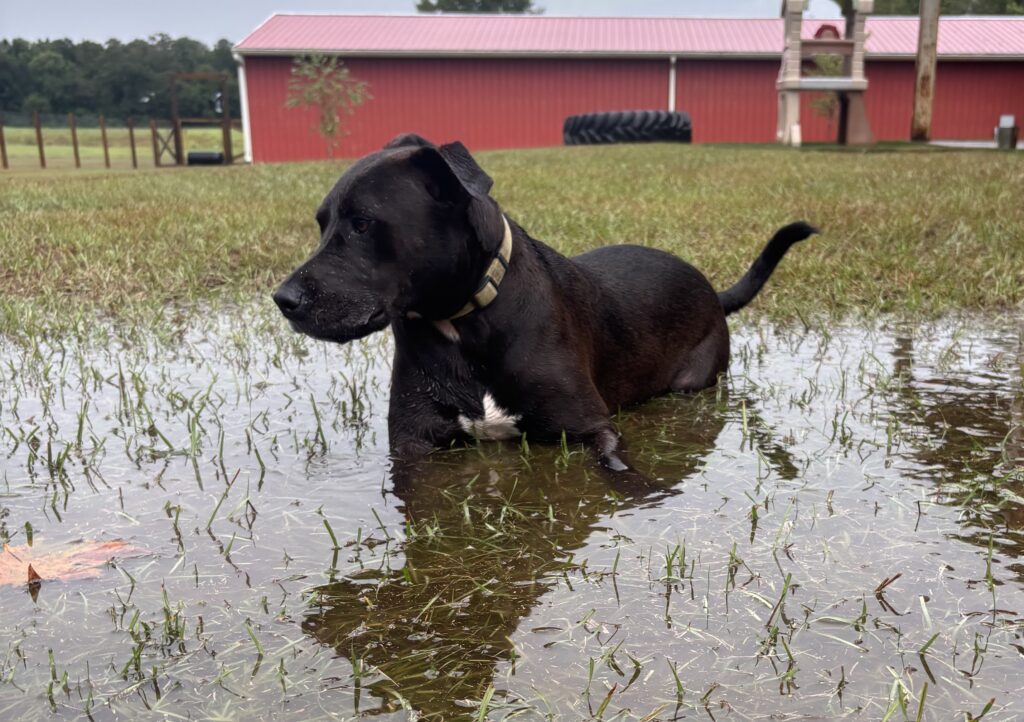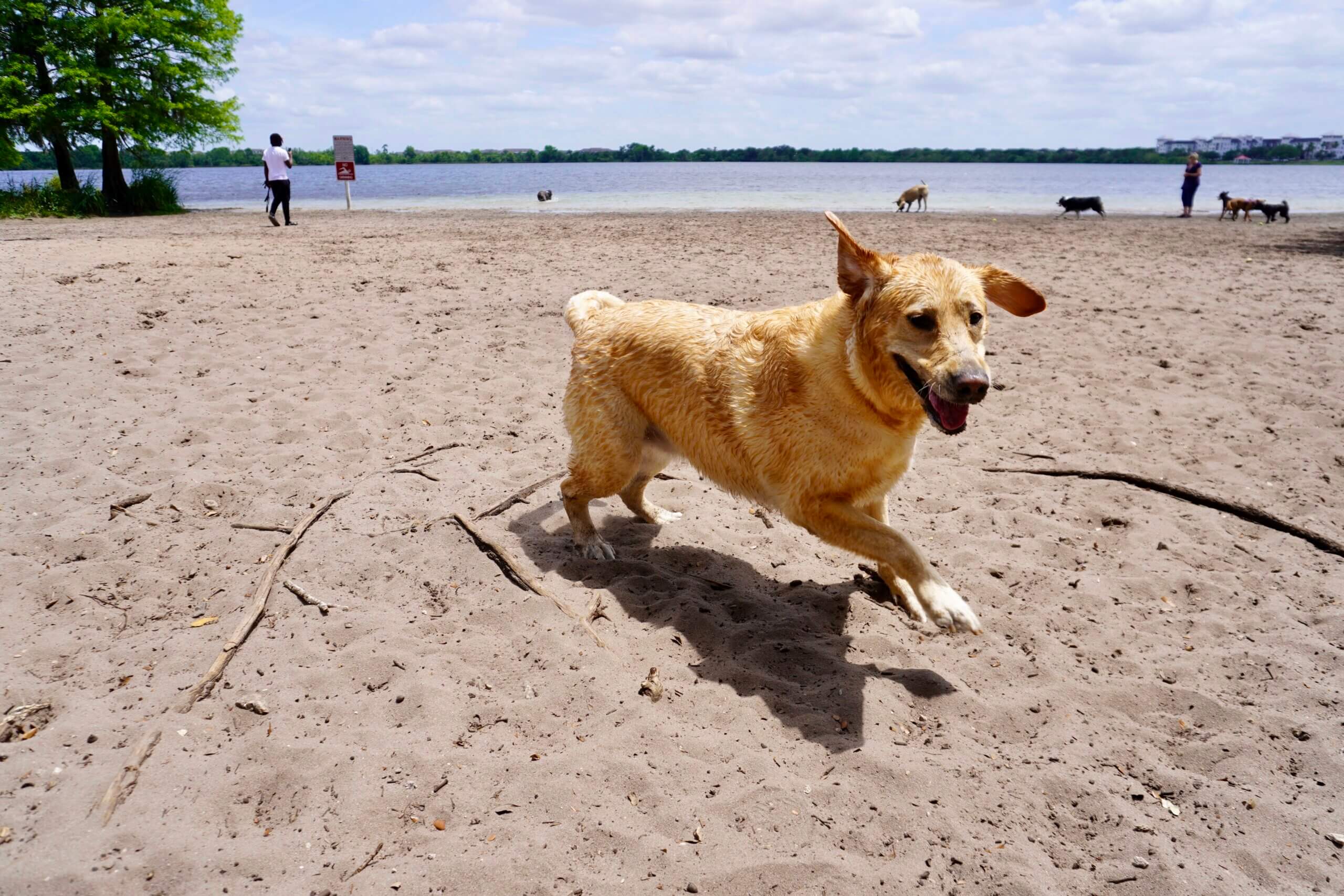Dogs thrive on outdoor activity. From long hikes through wooded trails to playful days at the beach or even casual strolls around the neighborhood, outdoor adventures provide essential exercise, mental stimulation, and bonding time for both pets and their owners. While the benefits are plentiful, it’s crucial to prioritize safety to ensure every outing is enjoyable and risk-free. By preparing properly, paying attention to environmental hazards, and understanding your dog’s needs, you can make every adventure a positive experience.
Preparing for the Adventure
Before heading out, preparation is key. Assess your dog’s fitness level, breed characteristics, and any medical concerns that could impact their ability to safely participate. Puppies and senior dogs may require shorter or less strenuous activities, while high-energy breeds often benefit from longer, more vigorous outings. Make sure your dog is up-to-date on vaccinations and flea, tick, and heartworm prevention, as outdoor areas can expose them to various parasites and diseases.
Bringing the right gear is also essential. A well-fitted harness or collar with ID tags ensures your dog can be quickly identified if they wander off. Carry enough fresh water for both yourself and your dog, along with a portable bowl. Depending on the terrain, consider protective gear such as paw wax or boots to prevent injuries on rough or hot surfaces. Always pack a small first aid kit for emergencies.
Choosing Safe Locations
Selecting the right environment can make or break an outdoor adventure. Opt for areas that are dog-friendly and allow for off-leash play if your dog responds well to recall commands. National parks, hiking trails, and local dog parks often have guidelines in place to maintain safety. Avoid locations with extreme conditions, such as excessively hot sand or rocky terrain, which can cause burns or injuries to paws.
Research potential hazards in the area. Wildlife, toxic plants, and uneven ground can pose risks. Stick to trails, keep your dog on a leash when necessary, and avoid areas known for aggressive animals or heavy traffic. In addition, always check for local regulations regarding leashes, waste disposal, and hours of operation to ensure compliance.
Monitoring Weather Conditions
Weather plays a critical role in outdoor safety. High temperatures and humidity can quickly lead to heat exhaustion or heatstroke in dogs. Early morning or late evening outings during summer months help avoid the hottest part of the day. In colder climates, dogs may need jackets or protective gear to maintain body warmth. Always watch for signs of discomfort, such as excessive panting, shivering, or reluctance to continue moving.
Rain and storms can also create hazards. Wet surfaces become slippery, increasing the risk of falls and injuries. Lightning, flooding, and strong winds can be dangerous for both you and your dog. Monitoring the forecast and adjusting your plans accordingly is essential for a safe experience.
Staying Hydrated and Nourished
Just like humans, dogs need adequate hydration during outdoor activities. Carry fresh water and encourage regular breaks to drink. Avoid letting your dog drink from stagnant ponds, streams, or puddles, which may contain harmful bacteria or parasites. For longer excursions, pack snacks or small meals appropriate for your dog’s diet to maintain energy levels.
Practicing Recall and Obedience
A strong recall command and basic obedience skills are vital for off-leash adventures. These skills ensure your dog stays safe around wildlife, traffic, or other dogs. Consistent reinforcement at home and during walks builds reliability. Even well-trained dogs should remain on a leash in unfamiliar environments or near potential hazards.
Recognizing Signs of Fatigue or Stress
Dogs communicate discomfort through behavior. Look for signs such as lagging behind, excessive panting, drooling, or limping. Providing regular breaks and shaded resting areas allows your dog to recover and prevents overexertion. Be mindful of their limits, and never push them to continue if they appear tired or stressed.
Protecting Against Parasites and Injuries
Outdoor adventures expose dogs to ticks, fleas, and other parasites. Regular grooming, flea and tick prevention, and post-adventure inspections are essential to prevent infestations and illnesses. Additionally, be cautious of rough terrain, sharp objects, or debris that can cause cuts or scrapes. Carrying a small first aid kit allows you to address minor injuries promptly.
Leaving No Trace
Responsible outdoor adventuring means protecting the environment. Always clean up after your dog, pack out waste, and avoid disturbing wildlife or sensitive plant life. Staying on designated trails reduces erosion and preserves the natural beauty of the area for future visitors.
Making Outdoor Adventures Routine
Consistency matters. Regular outdoor activity benefits your dog’s physical and mental well-being. By incorporating walks, hikes, beach visits, and other excursions into your weekly routine, you promote healthier behavior, reduce boredom, and strengthen your bond with your dog. Planning a variety of adventures keeps your dog engaged and stimulated.
Conclusion
Outdoor adventures offer tremendous benefits for dogs, from physical exercise to mental stimulation and socialization. By taking proper precautions, preparing the right gear, monitoring your dog’s behavior, and staying aware of environmental hazards, you can ensure every outing is safe and enjoyable. With thoughtful planning and attention to detail, you and your dog can explore the outdoors confidently, creating memories that last a lifetime.




